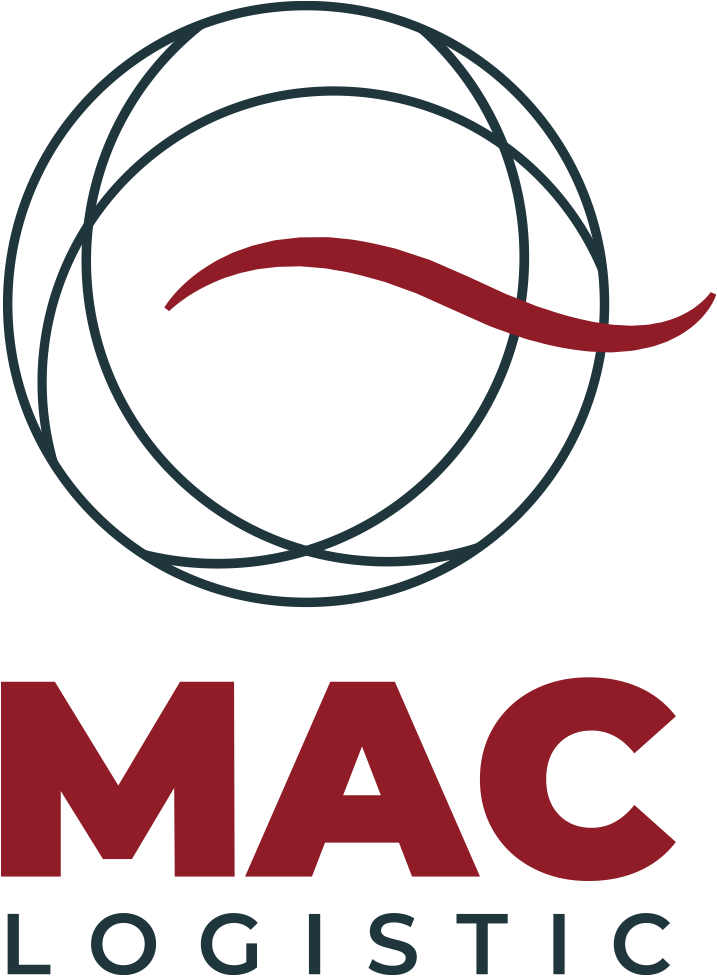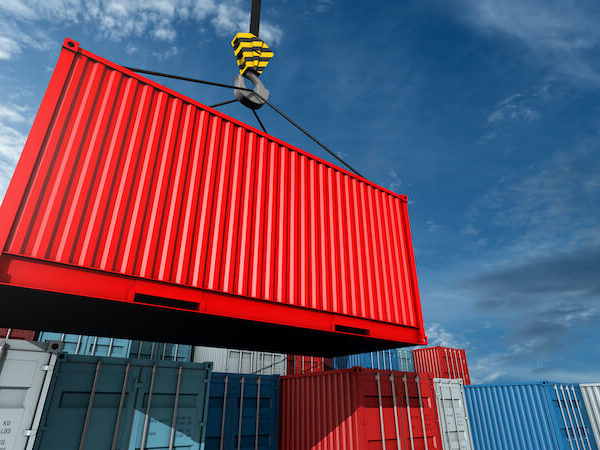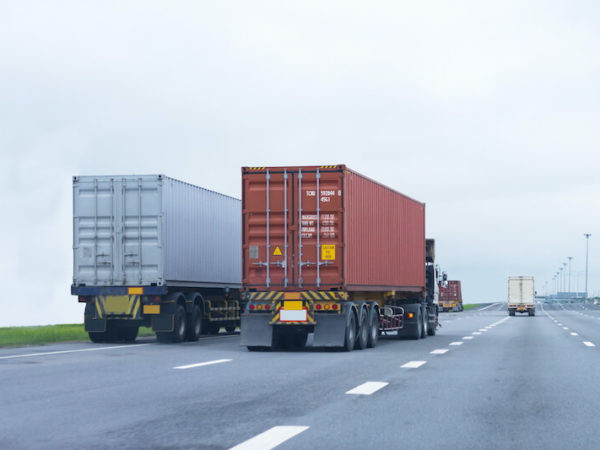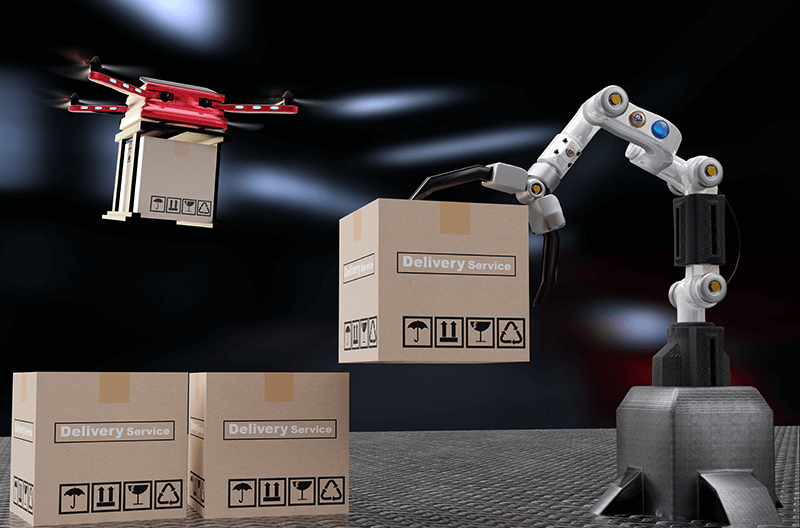
Artificial Intelligence (AI) and Machine Learning (ML) are increasingly present in the day-to-day of Foreign Trade to help the most varied functions in the sector.
The increase in the use of this type of technology can be attributed to numerous factors. From mechanisms that facilitate programming to open-source, with free access to ready-made guides and AI’s, the simplification in system integration has been allowing the expansion of the use of this resource in Comex at a fast pace in recent years.
Machine Learning systems are considered a sub-field of Artificial Intelligence. In it, the machine can learn by itself, detecting patterns and creating connections between large volumes of data. Widely used in security systems and widespread with social networking algorithms, such technology is present in activities that require more accurate answers and predictions, without the need for frequent reprogramming.
Now imagine all this applied to the logistics environment. There are countless possibilities for its use in ports, airports, and inventory control systems. The good news is that this revolution is moving forward on several fronts.
Operations of e-commerce giants such as Amazon and Mercado Livre are great examples of the use of AI and ML in logistics. With robots capable of continuous learning, the picking process (order separation), routing, and transportation are becoming increasingly efficient, making possible the same day delivery of the order in several regions.
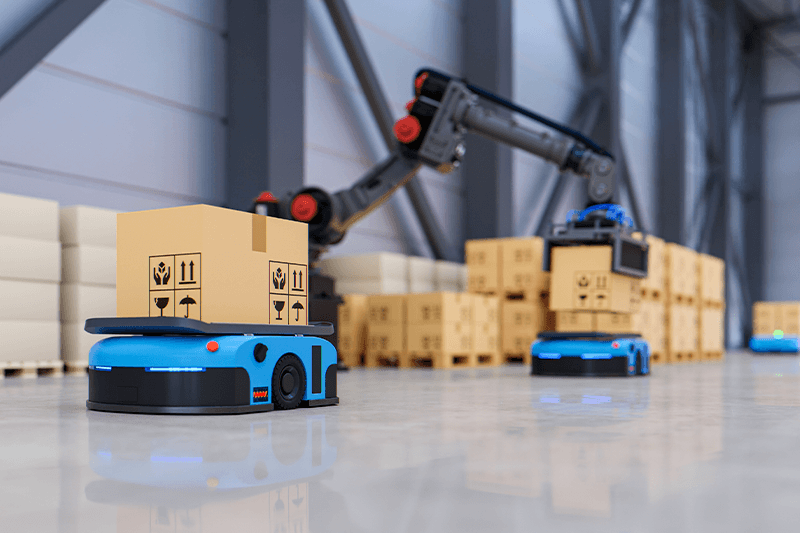
WHERE CAN WE ALREADY FIND THE BENEFITS OF IA IN COMMERCE?
The entire logistics chain is being influenced by the gradual implementation of Artificial Intelligence in Comex. Cases such as the port of Hamburg, in Germany, and the airport of Viracopos, in Campinas, show the potential for optimization in receiving and dispatching cargo, which extends to the flow of trucks, in the case of ports.
And it makes perfect sense. A universe focused on continuous process improvement and time reduction throughout the stages soon realizes the benefits of implementing this type of technology. The challenge, of course, also permeates the field of human development. It is necessary to strengthen skills that add up to these intelligent systems, in order to find the ideal synergy between the human being and the machine.

